Discover the wonders of Akagera National Park, a hidden gem in eastern Rwanda bordering Tanzania. This stunning park offers a quintessential African safari experience with its diverse ecosystems of savannahs, woodlands, and swamps, teeming with vibrant wildlife.
A Story of Resilience and Revival Of Akagera
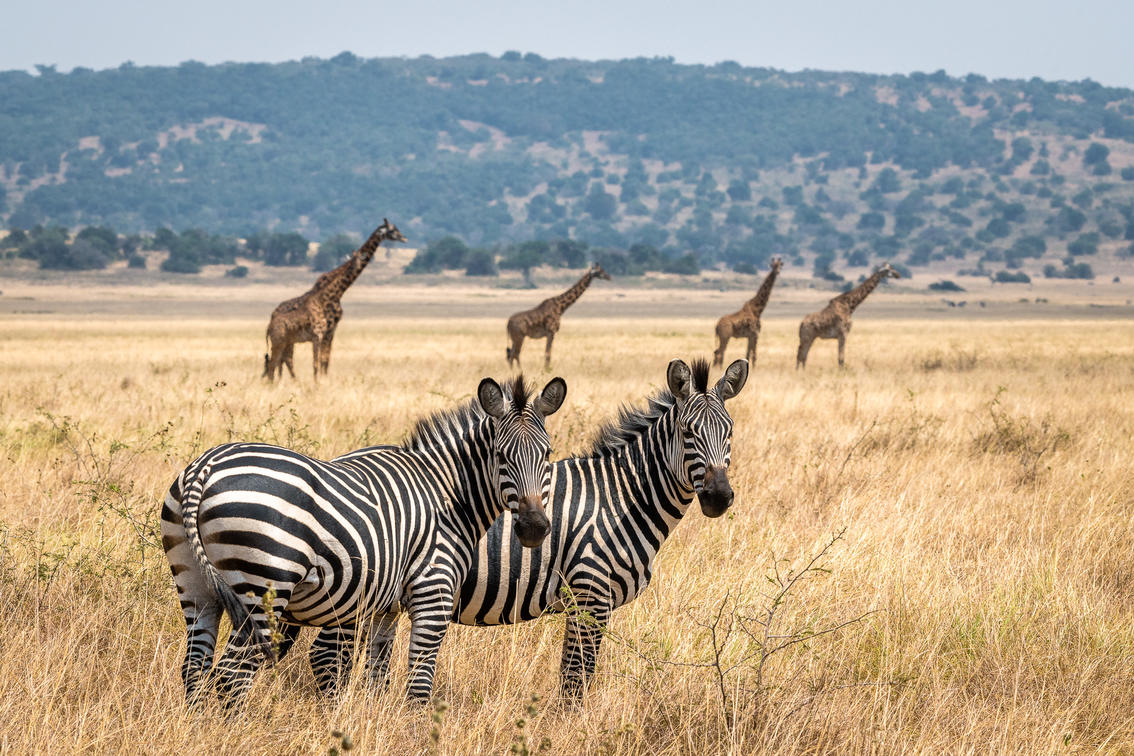 Akagera National Park stands as a beacon of hope and conservation success. Despite being severely impacted during the Rwandan Genocide, the park has undergone a remarkable transformation.
Akagera National Park stands as a beacon of hope and conservation success. Despite being severely impacted during the Rwandan Genocide, the park has undergone a remarkable transformation.
Challenges Overcome:
- Poaching and Civil Unrest: Wildlife populations, including African wild dogs, were decimated.
- Habitat Loss: Encroachment and disease further threatened the ecosystem.
Conservation Milestones:
- Strategic Partnerships: The Rwanda Development Board and African Parks Network, supported by the Howard Buffett Foundation, spearheaded efforts to restore the park.
- Enhanced Security: Anti-poaching units with canine teams and aerial surveillance have drastically reduced illegal activities.
- Wildlife Reintroductions: Lions and rhinos, once extinct in the park, now roam freely again, symbolizing Akagera's rebirth.
Support African Parks Network's Conservation Efforts:
Top Things to See and Do In Akagera National Park
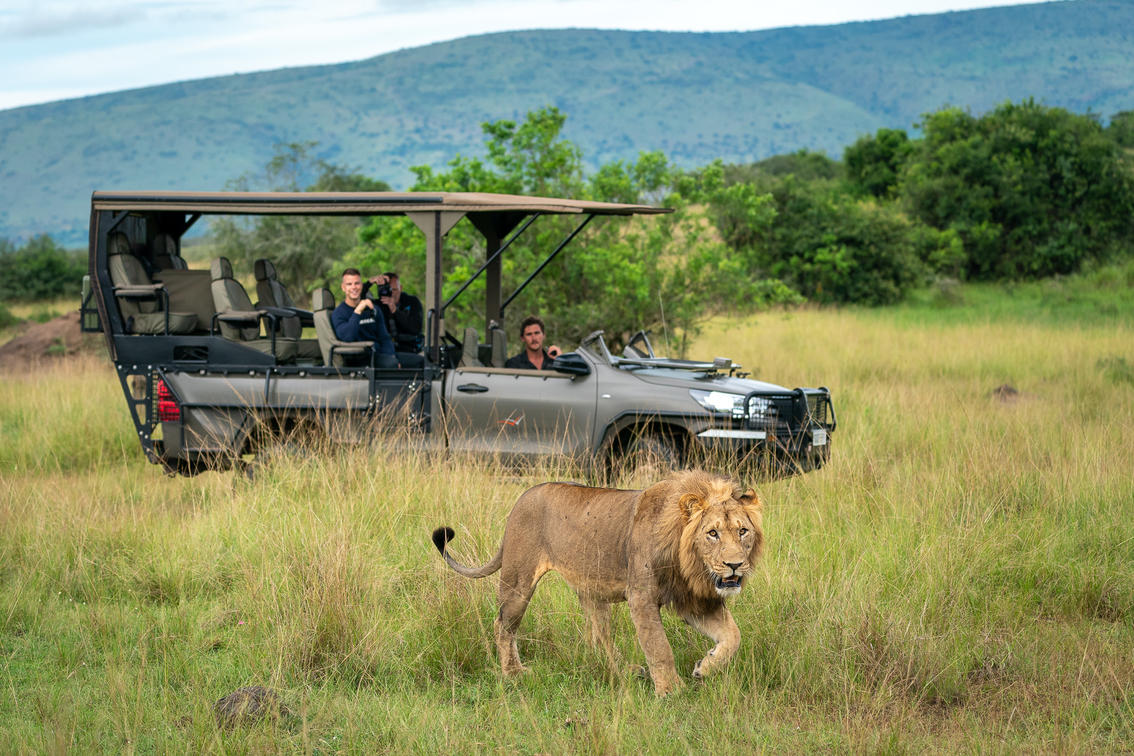 Whether you’re an adventurer or a nature lover, Akagera offers activities that cater to all interests:
Whether you’re an adventurer or a nature lover, Akagera offers activities that cater to all interests:
1. Game Drives
Embark on thrilling day or night safaris to spot the "Big Five"—lions, leopards, elephants, rhinos, and buffaloes—alongside zebras, giraffes, and antelopes.
2. Boat Safaris
Cruise the tranquil waters of Lake Ihema, home to hippos, crocodiles, and over 480 bird species, including the rare shoebill stork.
3. Nature Walks
Delve into the park’s hidden treasures on guided walks, uncovering unique flora, butterflies, and fascinating insects.
4. Fishing
Relax by Lake Ihema and enjoy a rewarding fishing experience, surrounded by breathtaking scenery.
5. Birdwatching
With its rich avian diversity, Akagera is a haven for bird enthusiasts. Look out for species like the papyrus gonolek and African fish eagle.
Planning Your Trip to Akagera National Park
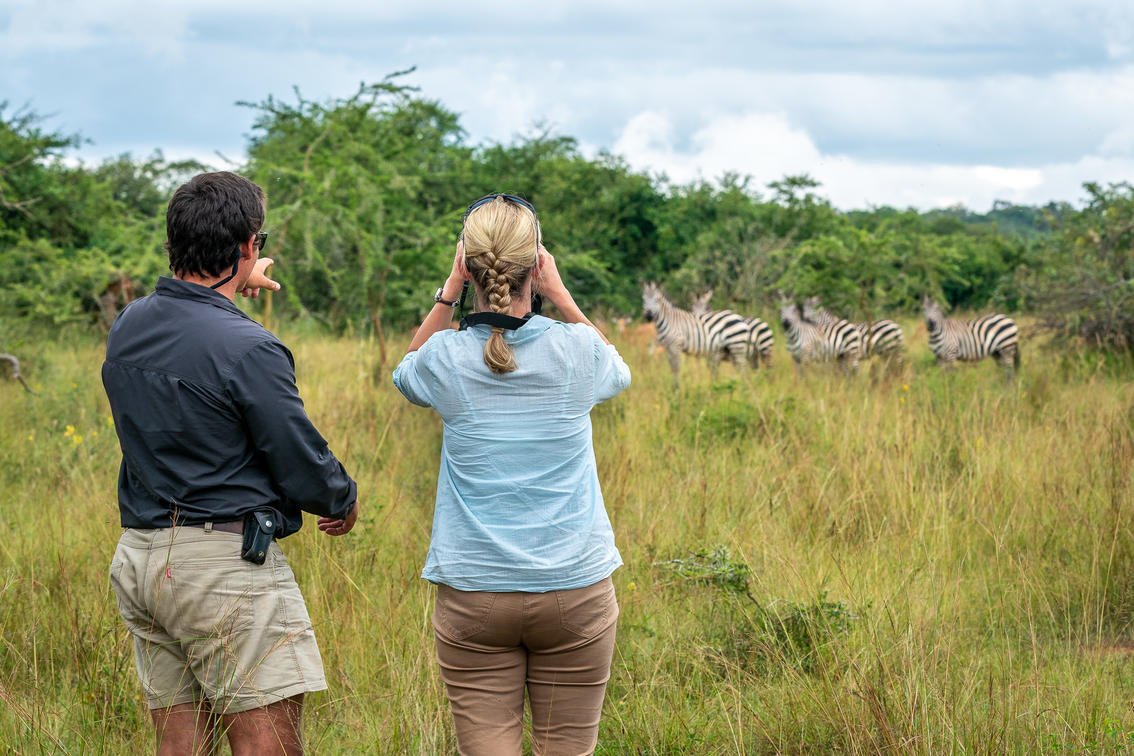
Getting There:
- Distance from Kigali: About 110 kilometers (a 2.5-hour drive).
- Travel Tips: The journey involves a mix of paved and dirt roads—renting a 4x4 vehicle is highly recommended.
Entry Requirements:
- Visas: Most nationalities can obtain visas on arrival; confirm requirements based on your citizenship.
- Health Precautions: Check for travel advisories, vaccinations, and health guidelines.
Best Time to Visit Akagera National Park
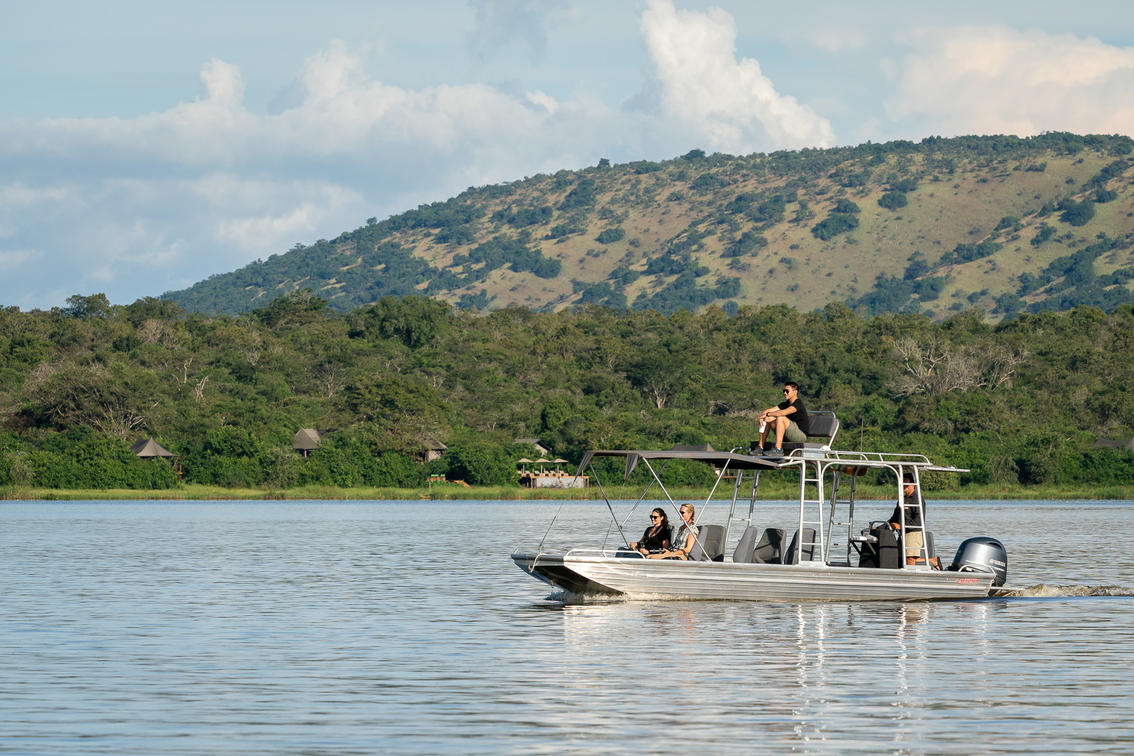
- Dry Seasons (December-February, June-September): Perfect for game viewing with clear skies and shorter grasses.
- Rainy Seasons (March-May, October-November): Best for birdwatching but prepare for muddy conditions.
Extend Your Adventure
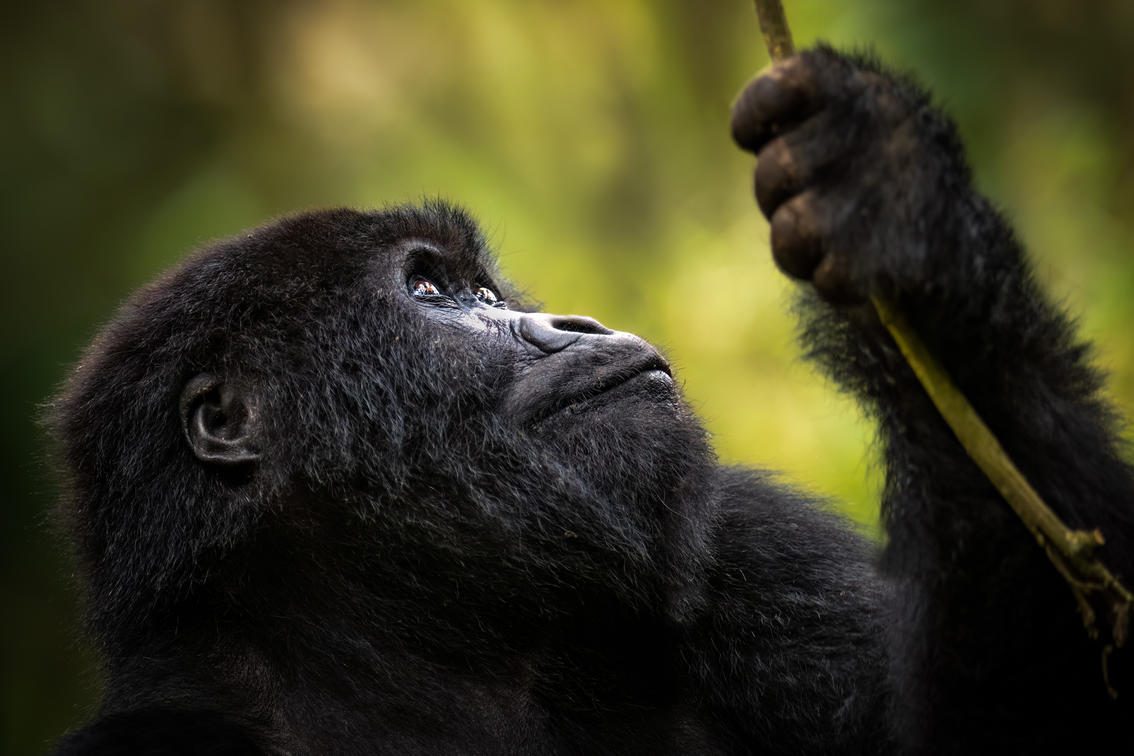 Pair your safari with gorilla trekking in the Virunga Volcanoes for a truly unparalleled Rwandan experience. Witnessing mountain gorillas in their natural habitat complements the magic of Akagera.
Pair your safari with gorilla trekking in the Virunga Volcanoes for a truly unparalleled Rwandan experience. Witnessing mountain gorillas in their natural habitat complements the magic of Akagera.
Experience the Wild Wonder of Akagera
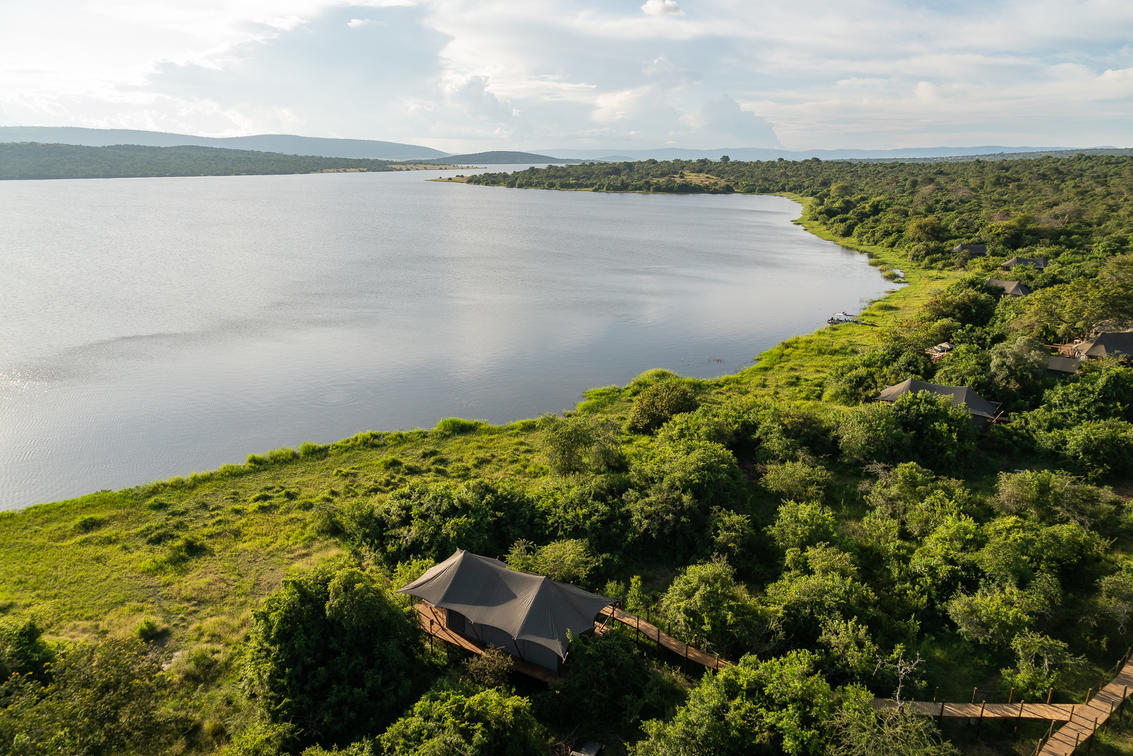 Akagera National Park invites you to immerse yourself in the beauty and resilience of Rwanda's natural heritage. Whether you’re captivated by its wildlife, enchanted by its landscapes, or inspired by its conservation success, your journey to Akagera will leave an indelible mark on your soul.
Akagera National Park invites you to immerse yourself in the beauty and resilience of Rwanda's natural heritage. Whether you’re captivated by its wildlife, enchanted by its landscapes, or inspired by its conservation success, your journey to Akagera will leave an indelible mark on your soul.
Start planning your adventure today and discover why Akagera is one of Africa’s most remarkable safari destinations.
Help Me Plan

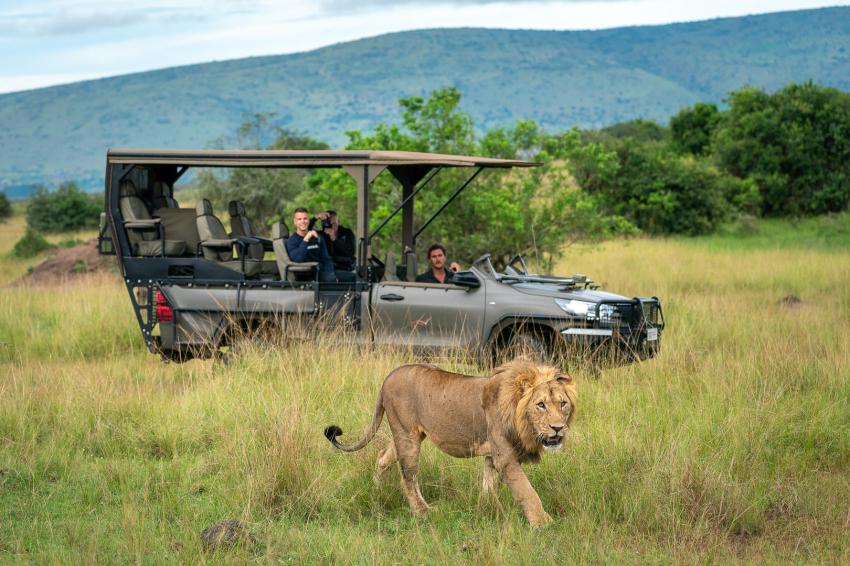
 1-321-766-6821
1-321-766-6821 








